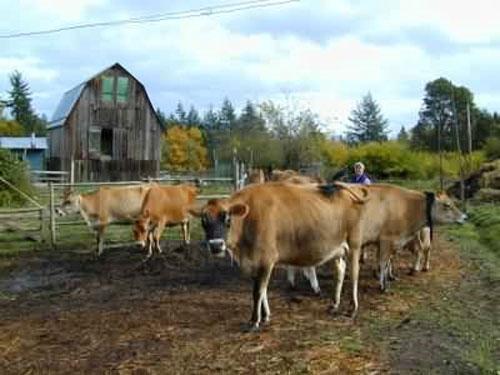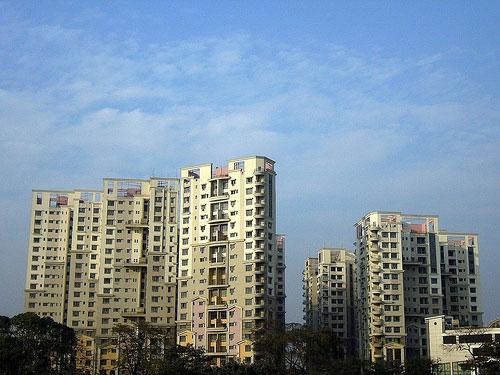Энэ 7 хоногт
Grazing can cut emissions of greenhouse gas
A study from scientists in China, Britain and Germany has overturned the past belief that manure from livestock helps spur releases of nitrous oxide, a powerful greenhouse gas.

A study from scientists in China, Britain and Germany has overturned the past belief that manure from livestock helps spur releases of nitrous oxide, a powerful greenhouse gas.
According to the study, grazing by cows or sheep can cut emissions of the gas in grasslands from China to the United States by helping to limit the number of microbes in the soil generating nitrous oxide.
Nitrous oxide, or laughing gas, is one of several heat-trapping gases linked to farm animals and the scientists said there was a need for more study to see how far their findings would affect agriculture’s total impact on climate change.
Emissions of the gas account for 6-8% of global warming from human activities, making it the third most important greenhouse gas after carbon dioxide and methane, and estimated nitrous oxide emissions from temperate grasslands account for 1-2% of the total, said Klaus Butterbach-Bahl of the Karlsruhe Institute of Technology in Germany.
The study, focused on Inner Mongolia in China, said most nitrous oxide emissions from grasslands in places prone to frosts -- including swathes of the United States, Canada, Russia and China -- came in spring when snow melt saturates the soil.
On ungrazed land, snow builds up in winter between grasses, creating an insulating blanket on the ground and aiding growth of microbes that emit nitrous oxide when the spring thaw comes. But on grazed land, more of the microbes get killed by frost since vegetation is sparser and so accumulates less snow.
But the study did not look, for instance, at other damaging climate impacts of livestock. Goats, buffalo, cows and sheep also release heat-trapping methane as they digest food.
The authors said that one way of curbing nitrous oxide emissions was to mow grasslands in the autumn to keep vegetation low and so reduce spring emissions. But a side-effect of mowing could be the release of more carbon dioxide into the atmosphere.
Mongolia, which is trapped between China and Russia, haslarge expanses of grasslands and is home to approximately 43 million heads of livestock





